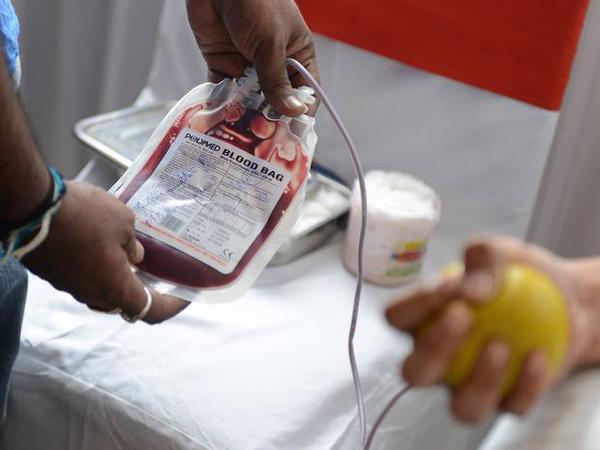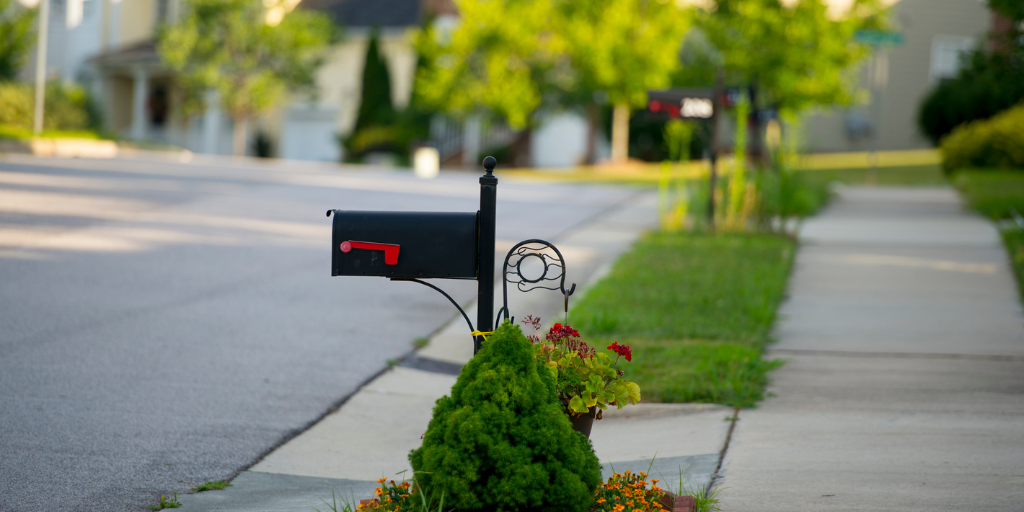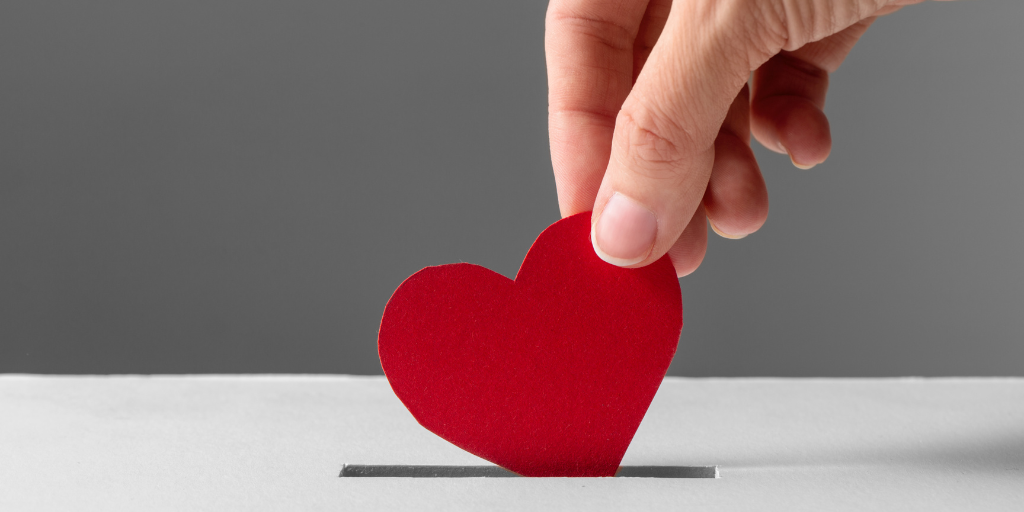We live in an incredible time.
Recently, the Swedish blood donation service announced an initiative where donors are sent automatic text messages telling them when their blood has actually been used.
This service has actually been running in Stockholm for three years, but it is now being rolled out by other local areas all across the country.
Let’s stop here for a moment and talk about this type of IDE – Incredible Donor Experience.
| Meet Sandra. Sandra works for a large investment firm and is often found eating lunch at her desk due to the busy nature of her schedule. Due to a new campaign by the Swedish blood donation service, she sees a few ads on our commute to work that are asking for Type A blood. Sandra takes her lunch break at 12:00 p.m. and walks over to the local blood donation bank. She has to fill out a large form and wait in line for half an hour, and finally gives blood by 12:45 p.m.. She’s asked to wait 15 minutes before returning to her office, to ensure she doesn’t faint or become weak. She makes it back to the office around 1:15 p.m. She’s a little rushed, hasn’t eaten and thinks to herself, “Maybe that wasn’t the best idea. I don’t have time for this.” Shortly thereafter, Sandra gets a text message from the local blood service, thanking her for taking the time to donate blood, expressing how important this is to the lives of so many Swedes. This is enough to raise her mood for the afternoon, but it’s not going to push her to go back tomorrow, the next week, or even the next month. Sandra goes about her regular workweek and doesn’t give it another thought.  Saturday afternoon, Sandra is enjoying some time off with a girlfriend, eating lunch on a patio. All of a sudden, she receives a text message that says, “Hello. The blood that you gave on the 14th of July was just used for a patient at XYZ Hospital. Thank you for saving lives.” Saturday afternoon, Sandra is enjoying some time off with a girlfriend, eating lunch on a patio. All of a sudden, she receives a text message that says, “Hello. The blood that you gave on the 14th of July was just used for a patient at XYZ Hospital. Thank you for saving lives.” |
How do you think Sandra felt? What do you think she talked about with her girlfriend at lunch?
Now let’s look this type of excellent donor stewardship within a different organization:
| Meet Mark. Mark is a student who has traveled the world and is taking his degree in Human Rights and Global Studies. Mark has a huge heart and wants to change the world. But before he can give back in a big way, he feels that he needs to get an education and a career.One day on his way to school, Mark sees an urgent appeal by a local homeless shelter as they need funds for the busy Thanksgiving rush that is about to happen. He has $15 in his pocket, so he walks in, finds the first volunteer he can, and gives them the money. Before he walks away, the volunteer grabs his cell phone number and email address and sends him on his way. Mark continues along with his busy day, but when he goes to buy lunch at school and empties his pockets, Mark remembers that he has no cash. He gladly uses his debit card and fondly thinks of how the volunteer thanked him profusely for donating. A week passes and it’s Thanksgiving weekend. Mark takes the bus an hour out of the city to visit family for a big turkey dinner. In the middle of the feast, Mark receives a text message.“Because of your selflessness, a family of four was able to eat a hot meal tonight. Today, of all days, we want to thank you for helping us change lives.”Mark has goosebumps and talks to many family members for the rest of the evening about how much of an impact his $15 had. He realizes that it’s not that he has to get a career before he can start giving.Because he’s already started. |
Donor Thank You Programs
Donor thank you programs have moved past simple “thank you’s” into the world of experience and engagement. Surprisingly, based on a survey conducted by CharityDynamics*, a significant number of donors (21%) reported that they were never even thanked once. But those that were thanked were much more likely to donate to the organization again.
The moral of this story?
Thank your donors.
Add value to their lives, and they will, most certainly, add value to your organization.
*http://www.nonprofitdonorengagement.com/CD_Nten_BenchmarkReport_Final.pdf






